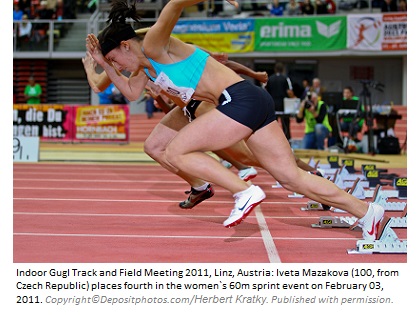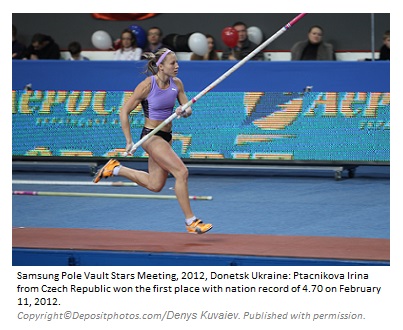Known also as immediate energy system, phosphagen system, and alactic anaerobic system, the ATP – PCr system is the main energy provider for a high intensity exercise of short duration up to 10 seconds, for example lifting a weight, swinging a golf club, doing a push – up, and throwing a hammer.
ATP (adenosine triphosphate) is the primary energy currency of the body and when hydrolyzed, it releases a lot of energy that results in muscle contraction and protein synthesis. In fact, ATP is the stored form of energy readily available for the body to produce heat and energy when reacting with water.

To resynthesize ATP, the body uses phosphocreatine (PCr):
PCr in the muscles comes from three sources: 1) PCr made from creatine in the liver, 2) PCr made from creatine in the muscles, and 3) PCr made from ATP in the muscles.
Then the muscles store PCr and use it to resynthesize ATP from ADP, a reaction that is called re-phosphorylation and catalyzed by the two enzymes Mi-CK and MM-CK.
The body has a limited storage of ATP, about 100 grams at any time under a normal resting condition. Also the body stores about 5 times more PCr than ATP. The stored amounts of ATP and PCr are used up within approximately 10 seconds of an intense exercise or an explosive movement. Once the storage is depleted, the body will not be able to provide more ATP at the same rate to meet athletic demands. Therefore, to maintain a continuous supply of ATP, the body uses different metabolic pathways.
Sports with Dominating ATP – PCr System
The ATP – PCr system is the dominant energy system in the following sports:
- Archery.
- Athletics:
- Baseball.
- Basketball.
- Cricket.
- Curling.
- Diving.
- Fencing.
- Golf.
- Gymnastics:
- Hockey (field).
- Judo.
- Lacrosse.
- Rugby (union, and league).
- Sailing.
- Shooting.
- Skiing:
- Ski jumping (all events).
- Nordic skiing (individual, ski jumping 70 m).
- Freestyle skiing (aerials).
- Softball.
- Table tennis.
- Volleyball.
- Weightlifting.


